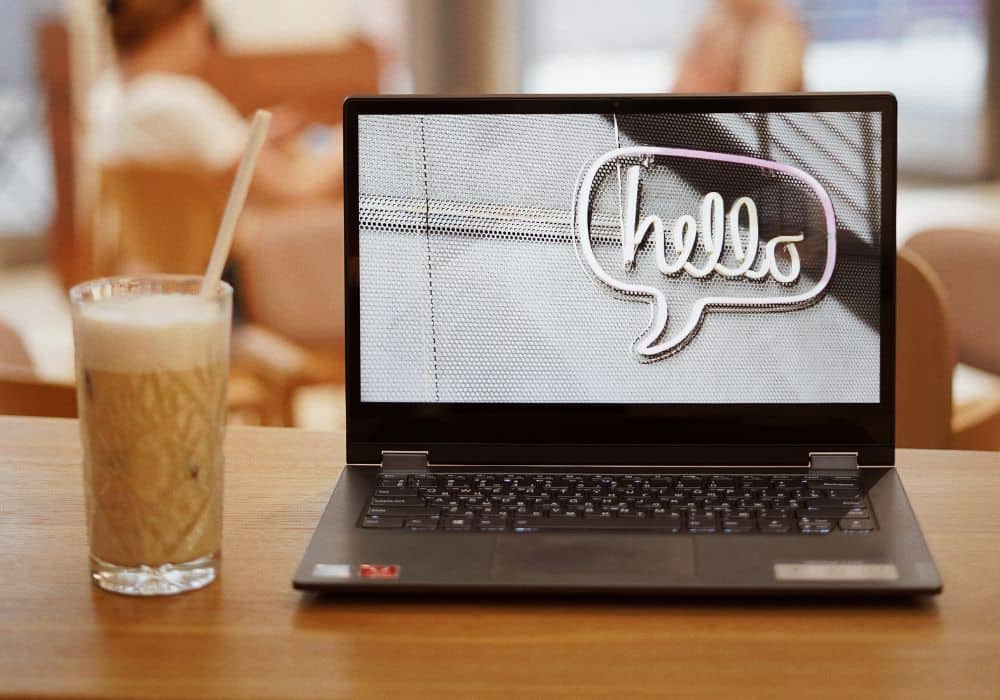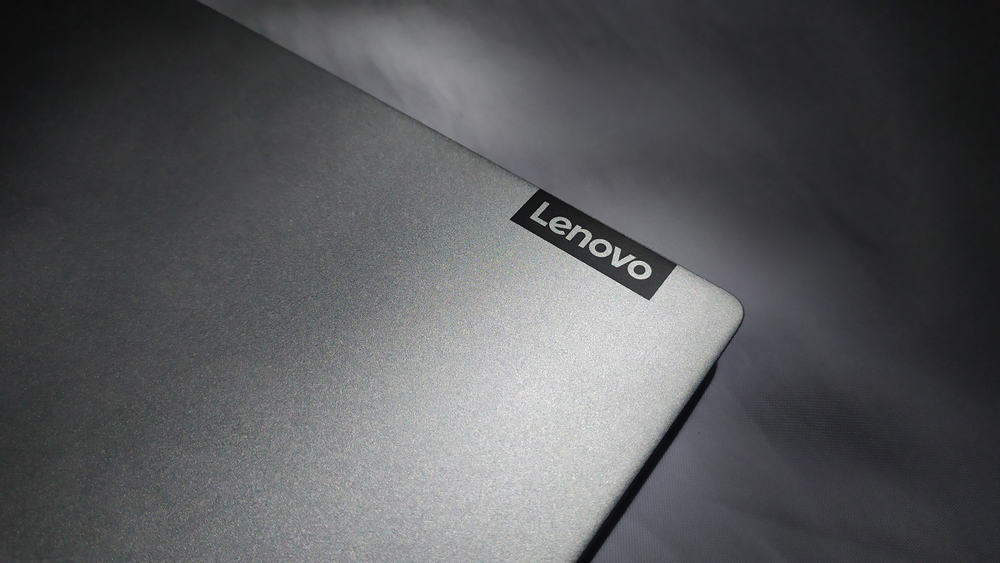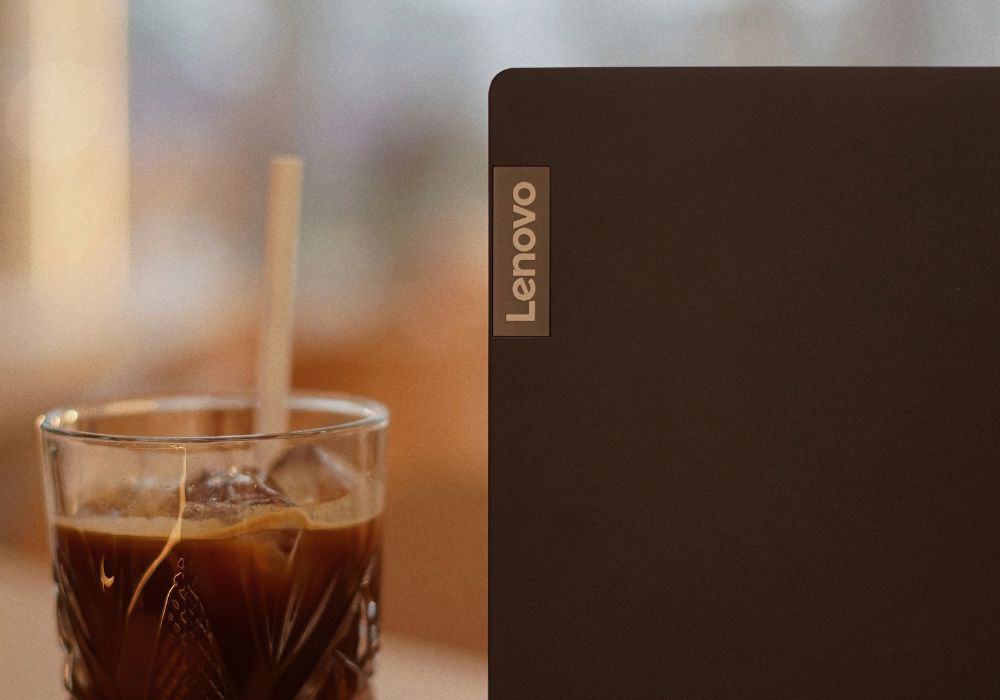Is your Lenovo Flex 3 battery not charging, no matter what you do?
I feel you. Nothing is more frustrating than not being able to recharge your Lenovo laptop battery when you need it the most!
But before you do something unthinkable (like breaking your laptop), know that there is something you can do about this problem.
So take a deep breath, calm down, and try the fixes I’ve listed below.
Table of Contents
Tools Needed
- Lenovo Flex 3 laptop
- New charging cable/AC adapter (as needed)
- Screwdriver (as needed)
Lenovo Flex 3 Charging Issue: What to Do
Lenovo Flex 3 is a laptop-cum-tablet with an 11-inch monitor. Thanks to its fanless design, it can run smoothly – and quietly.
Battery-wise, it comes with a Rapid Charge feature. Because of this, you only need 15 minutes of charging to get as much as 2 hours of runtime.
While this sounds impressive, this power delivery feature is not without hiccups. According to the Lenovo support page, the battery can be faced with a charging issue, such as:
- Inability to charge even if the power cable is plugged in
- Inability to get a full charge/battery charge only goes up to 60%
There are many reasons why any of these issues happen. That said, you need not worry because I’ll help you determine (and solve) the problems that plague your Lenovo 3 laptop model.

1. Check the Charger and AC Adapter
First things first: are you using the right charger or AC adapter? You may have other similar-looking devices, and you may have plugged them in accidentally to your Lenovo 3 Flex laptop. (Don’t be shy, many of us have committed this ‘sin’!)
Say you’re confident that you used the right battery charger. Well, let’s not discount the fact that the charger and/or AC adapter is damaged (and thus, should be replaced.) This is often the case when the icon appears.
If, after examination, the bits look right, then they may just be loosely connected. As such, you need to see to it that everything fits tight – and is in its proper place.
The icon – which means that the adapter is plugged in – should appear once you get everything right.
2. Try Another Power Source
Say you’ve followed the tutorial I have above, but your Lenovo Ideapad Flex 3 is still not charging.
It’s possible that the electrical outlet is to blame.
To be sure, plug another device into this power source. If it’s not charging, then it’s time for you to connect your laptop to another plug.
3. Remove and Reattach the Battery
If you see the icon, then this means that your laptop cannot detect its battery.
Check your laptop to see if the battery is affixed correctly. Maybe it has become loose when you used or moved your device.
If the battery is secure, then I would suggest removing and reattaching the battery. This procedure, known as power resetting, will reset the communication between the chip and the battery.
Although the name seems intimidating, it’s pretty easy to do. Just make sure to follow these steps:
- Shut down your Lenovo Flex 3 laptop.
- Remove the charger cable from the device.
- Open the back panel with a screwdriver. Detach or uninstall the battery.
- Hold the power button for 30 seconds. Release it afterward.
- Reinstall the battery. Check if all the adjoining parts are in place. It will also help to clean the compartment, for the debris inside may prevent the battery from ‘coming in contact’ with the laptop properly.
- Reattach the screws. Plug the laptop into the charger and turn it on.
If power resetting does not work, you have the option to charge the laptop without the battery. It’s safe to say that the battery is the problem if the device charges despite its absence.
Pro tip: If your battery is not removable, then you will need to bring your laptop to a service provider. Make sure to take a picture of the OneKey Optimizer or Energy Management feature though for the technician will need it!
4. Look at the Battery Capacity
Open Lenovo Energy Management or the OneKey Optimizer prompt and look at the device settings.
If it is in Conservation Mode, then the battery will not charge when the capacity is high. This option is actually good because it helps extend battery life by minimizing degradation.
However, if you want your Lenovo battery to charge in a standard way, then you have two options:
- Change the mode to ‘Normal.’
- Discharge the battery to 50% or lower so that it will charge according to Conservation mode.
5. Examine the Battery Status
You can also check your battery’s current status by clicking the Energy Management or OneKey Optimizer option. Here, you can see if the battery is already damaged or exhausted.
If the status says that your battery is good (green), then you just have to turn your laptop off. Connect it to the Lenovo charger and leave it for approximately 5-6 hours.
However, if the status shows that the battery has gone bad (red means exhausted or damaged), then you need to go to the Battery Gauge Reset option.
As you see, the meter of this Microsoft ACPI-compliant control method battery may get less accurate with time. To address this issue, you need to calibrate the battery.
You can start the process by closing all the applications. Plug in your portable charger and click on the Battery Gauge Reset option under the Energy Management menu.
As this process will fully charge and discharge your laptop, it will take a few hours before the reset gets finished. Make sure to keep the charger plugged in as you wait though! Better yet, avoid using the laptop while the reboot is underway.
Remember: the calibration is complete once your laptop enters the Shut Down, Sleep, or Hibernate mode.
6. Get the Latest Energy Management/BIOS Update
Devices may fail to charge if there is an outdated battery driver, among many other things. As such, you must visit the support website and get two Lenovo settings – the Energy Management and BIOS features – updated.
Here’s a quick overview of the said programs:
- Energy Management
As the name suggests, the Energy Management icon is meant to save your laptop’s battery. Here, you can access the following information:
- Power Plan – Power Saver, Balanced, High Performance, Lenovo Dynamic Graphics
- Battery – Mode, Maximum Battery Life, Optimized Battery Health, Battery Gauge Reset, Battery Information
- Dust Removal
- Intelligent Power Saver
- Basic Input Output System
Also known as the Lenovo BIOS, this is a code present in your laptop’s code. It’s the first software that runs when you open your computer, for it is in charge of identifying, configuring, and testing hardware components.
Likewise, BIOS firmware settings serve to connect the hardware to the operating system.
How to Keep Your Lenovo Flex 3 Battery in Tiptop Shape

As with other batteries, the one in your Lenovo laptop will age. As a result, their charging capacity can become greatly reduced over time (usually after 12 to 18 months of use.)
Just think: if it used to last for 11.2 hours (through Rapid Charge) or 10 hours with 1080p video playback, you can expect the battery to drain faster after a year or so.
Although this is inevitable, you can maintain optimal battery settings by following these tips:
- Turn the screen brightness down, if possible, as this draws the most power from your laptop battery.
- Unplug devices that consume power (e.g., mouse or headset) when not in use.
- Avoid using multiple applications for they increase system load and easily consume battery life. Only keep a handful of them running.
- Close pages that use auto-play video, animations, or updating ads when not in use. They drain battery life quickly as well!
- Use anti-virus software and make sure they are regularly updated. Malware can affect CPU utilization and subsequently, battery life.
- Disable connections (WiFi, Bluetooth, etc.) when not in use.
- Charge your laptop in the right condition. Remember: when the system is below 10⁰C (50°F), the charge time will be slower than normal. A temperature of more than 35°C (95⁰F), on the other hand, will result in permanent capacity loss.
- If you won’t use your laptop for 3 months, discharge the battery to 40% before storing it. Likewise, make sure to charge it every 4 months to reach a capacity of at least 40%. This will prevent the battery from getting disabled or permanently damaged while in storage.
Conclusion
If your Lenovo Flex 3 battery is not charging, you need to:
- Check the charger and AC adapter for damage or lose connections.
- Try another power source.
- Remove and reattach the battery (power resetting).
- Check the battery capacity and modify the charging mode as needed.
- Examine the battery status and calibrate it as needed.
- Update battery drivers.
While a non-charging laptop seems impossible to fix, you’ll see here that it’s actually easy to overshoot. It’s just a matter of checking, rechecking, and updating (in some cases.)
Have more questions about your Lenovo Flex 3? Don’t hesitate to comment below!

